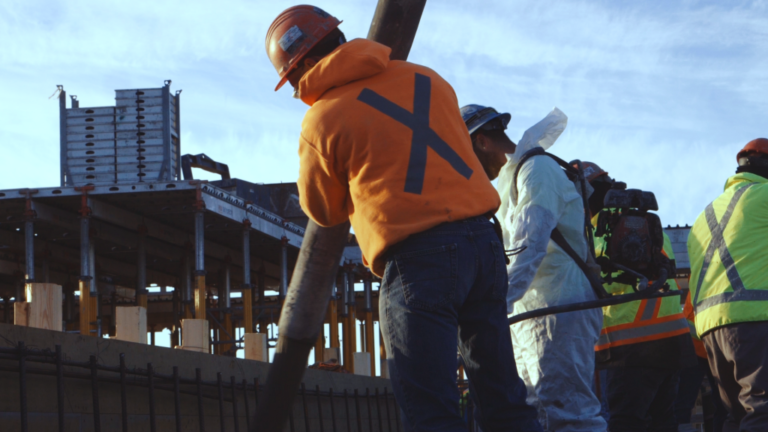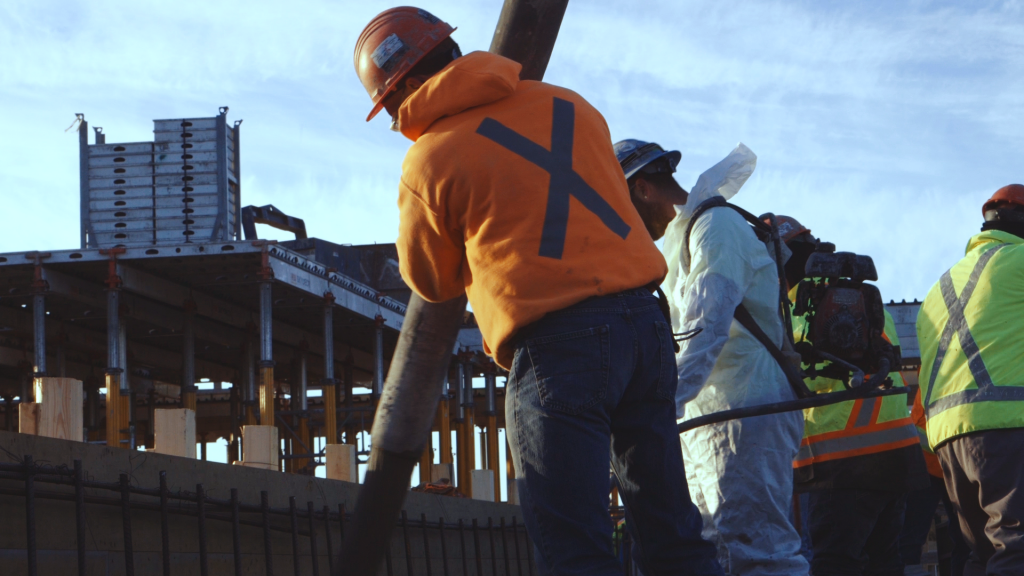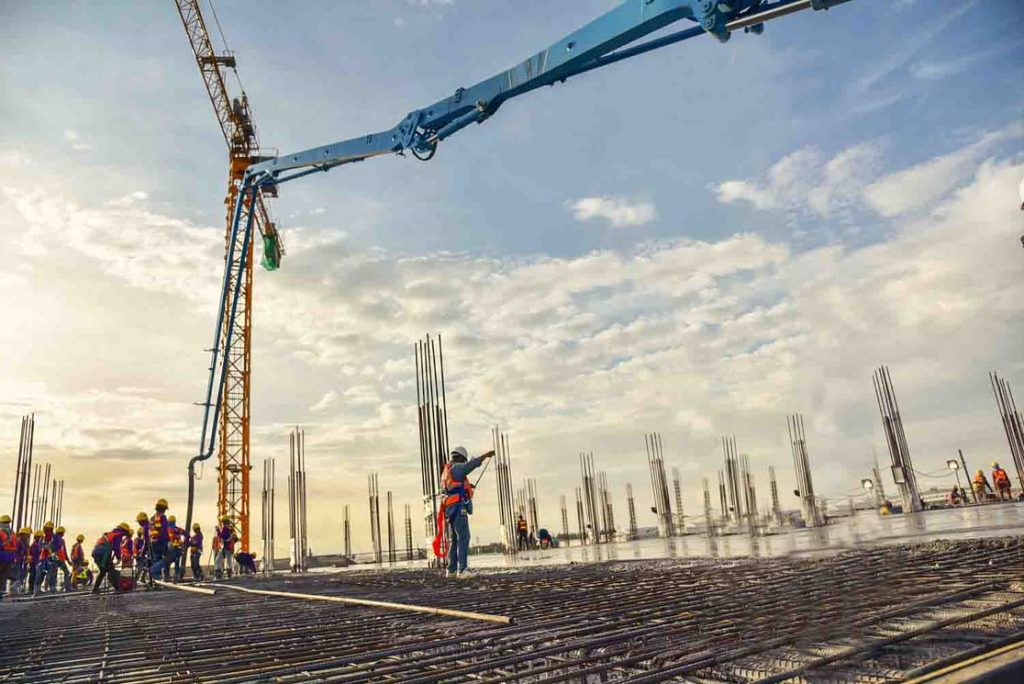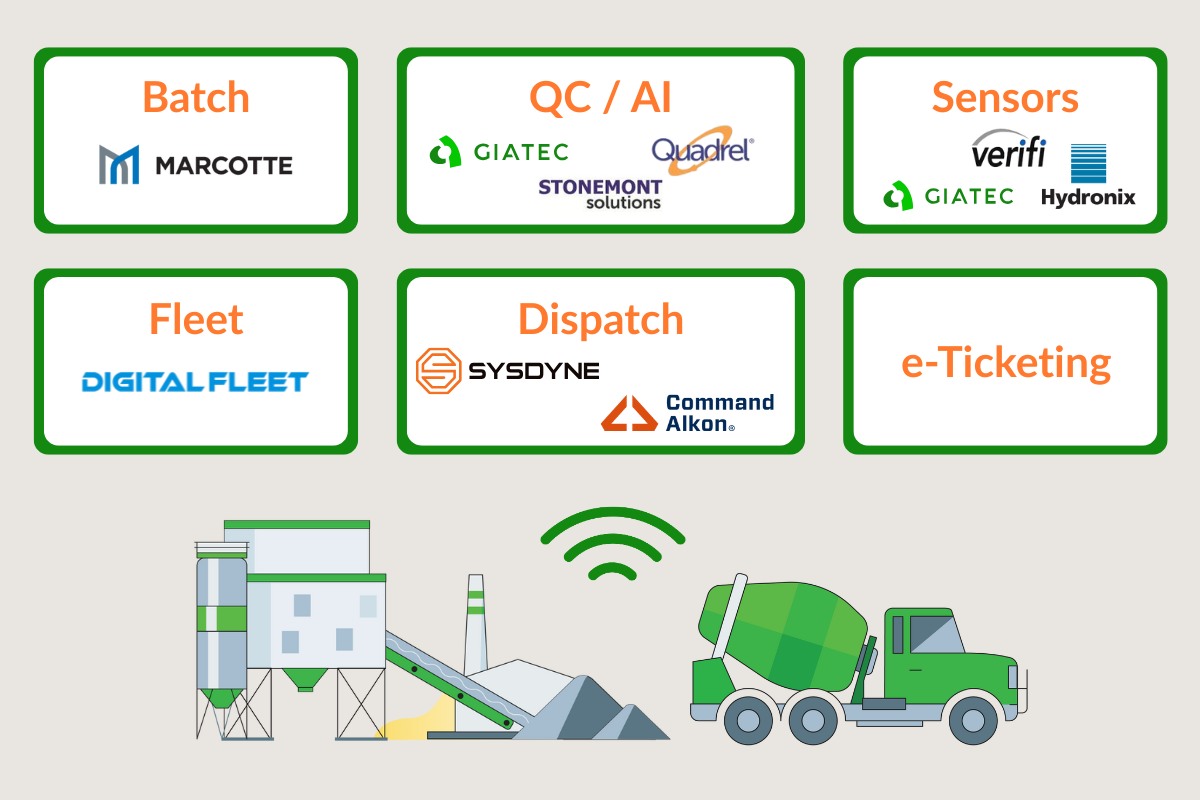Concrete temperature plays a critical role in the success of any construction project. As one of the most commonly used materials in the world, concrete must be handled with precision, particularly when it comes to temperature control. If not properly managed, temperature fluctuations during the curing process can lead to cracking, reduced strength, and long-term durability issues. At Giatec, we’re here to empower construction teams with innovative technology that ensures optimal temperature management through real-time monitoring.
Explore 12 Futuristic Technology Trends Solving Concrete's Biggest Challenges.
Why Concrete Temperature Matters
Concrete generates heat as it cures through a chemical reaction called hydration. While heat is essential for strength development, excessive temperatures—especially in large pours—can create challenges. When concrete heats up too quickly, it can experience thermal cracking, which compromises its structural integrity. On the flip side, if the concrete temperature drops too low during curing, strength development can be delayed or even stopped, leaving the concrete vulnerable to failure.
In large-scale pours, such as in bridges, dams, and high-rise buildings, temperature control becomes even more critical. Excessive heat buildup at the core can lead to differential cooling between the interior and exterior, causing internal stresses that weaken the structure. This is why precise monitoring and proactive cooling measures are key to ensuring long-term performance.
Cooling Concrete: Best Practices for Quality and Strength
To avoid the risks associated with temperature extremes, construction teams must adopt strategies to maintain an ideal curing temperature. Here are some best practices for cooling concrete:
- Pre-cooling materials: One of the most effective ways to manage heat is by pre-cooling the raw materials, such as aggregates, water, and cement, before mixing. This reduces the initial temperature of the mix and slows down the heat-generating hydration process.
- Ice as a cooling agent: In especially hot environments, replacing a portion of the water in the concrete mix with ice can help lower the temperature. As the ice melts, it cools the concrete without affecting the water content required for proper hydration.
- Cooling pipes in large structures: For large pours, embedding cooling pipes in concrete can help dissipate the heat generated during hydration. Chilled water is circulated through the pipes, effectively reducing the internal temperature and preventing thermal cracking.
- Surface protection: Curing blankets, sprays, and water misters can be used to keep the surface of the concrete cool and prevent it from drying out too quickly. This method ensures that the entire structure cures uniformly, reducing the risk of surface cracks.
Real-Time Monitoring With Giatec’s Smart Solutions
While cooling techniques are vital, it’s equally important to have accurate, real-time data on the internal temperature of concrete throughout the curing process. That’s where Giatec’s SmartRock® sensors come into play. SmartRock provides wireless, in-situ monitoring of concrete temperature and strength, giving construction teams the insights they need to make informed decisions about cooling measures.
By embedding SmartRock sensors directly into the concrete, you can continuously track temperature fluctuations at the core and surface. This real-time data allows for proactive temperature control, ensuring that cooling methods are applied at the right time and in the right way. With SmartRock®, you no longer have to rely on guesswork or time-consuming manual measurements—everything is available instantly through the Giatec 360™ platform or mobile app.
Improving Project Efficiency and Reducing Risk
When concrete temperature is properly managed, the results are clear: reduced risk of cracking, enhanced strength development, and longer-lasting structures. Giatec’s SmartRock technology not only ensures optimal temperature control but also improves project efficiency by minimizing delays, rework, and material waste. By leveraging real-time data, construction teams can ensure that their cooling strategies are working effectively and adjust them as needed to maintain the integrity of the structure.
Building a Stronger Future With Giatec
At Giatec, we’re committed to providing innovative, data-driven solutions that help you build better, faster, and smarter. Managing concrete temperature is just one part of creating durable, high-quality structures, and our technology is designed to make that process as efficient and reliable as possible.
With SmartRock, you can confidently manage the temperature during concrete curing, ensuring that your projects remain on track and that your structures stand the test of time. It’s time to revolutionize the way we build—one data point at a time.
Last updated: September 26, 2024.











